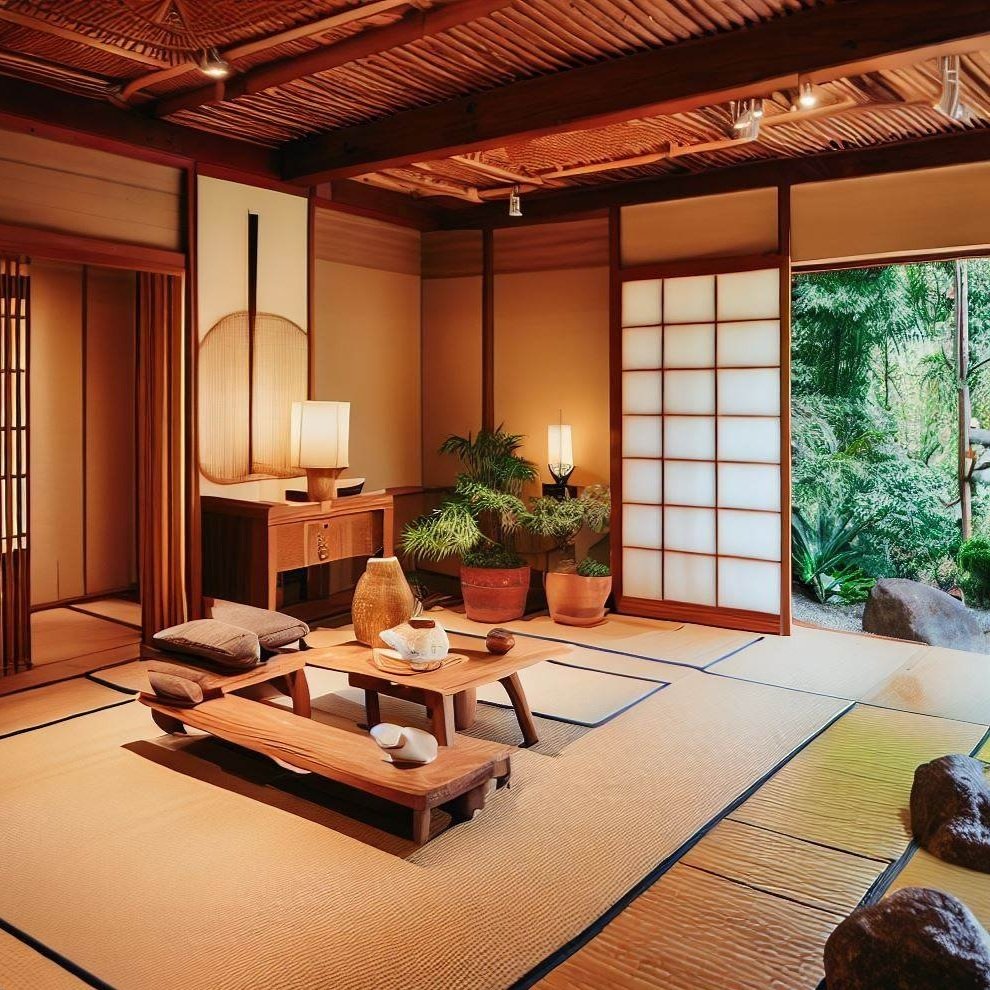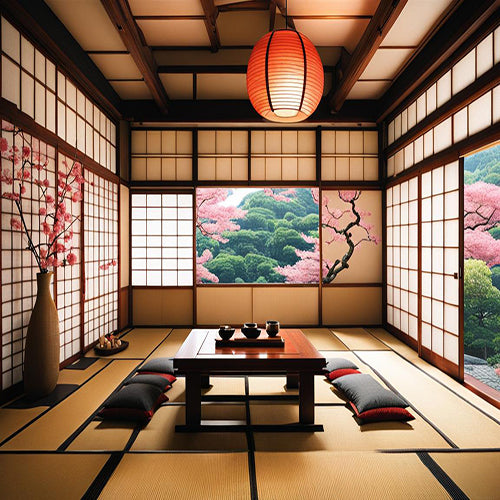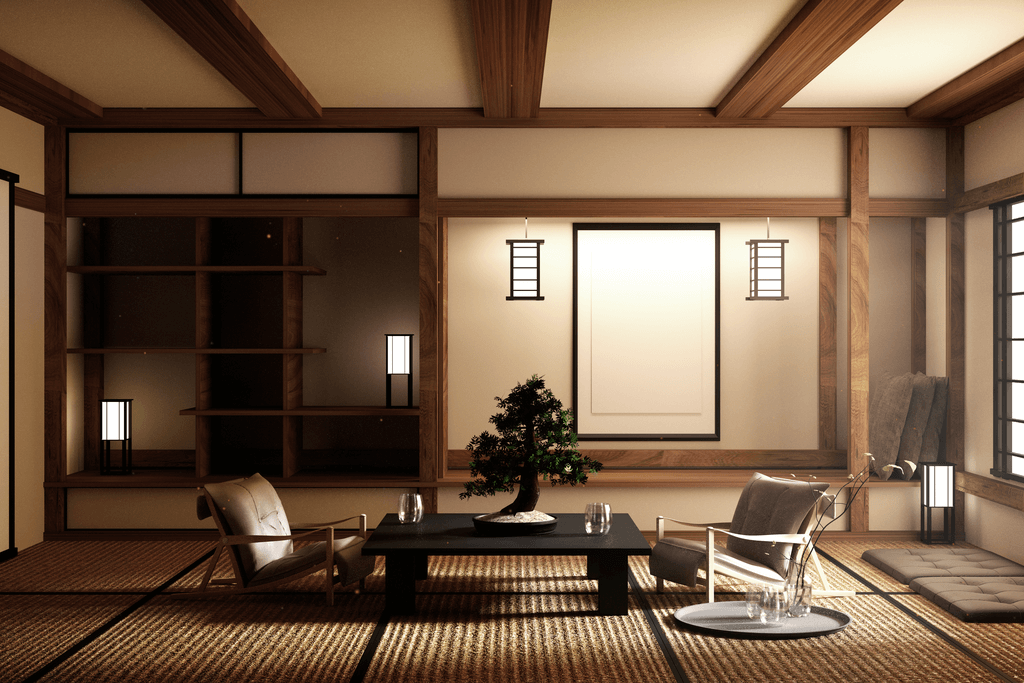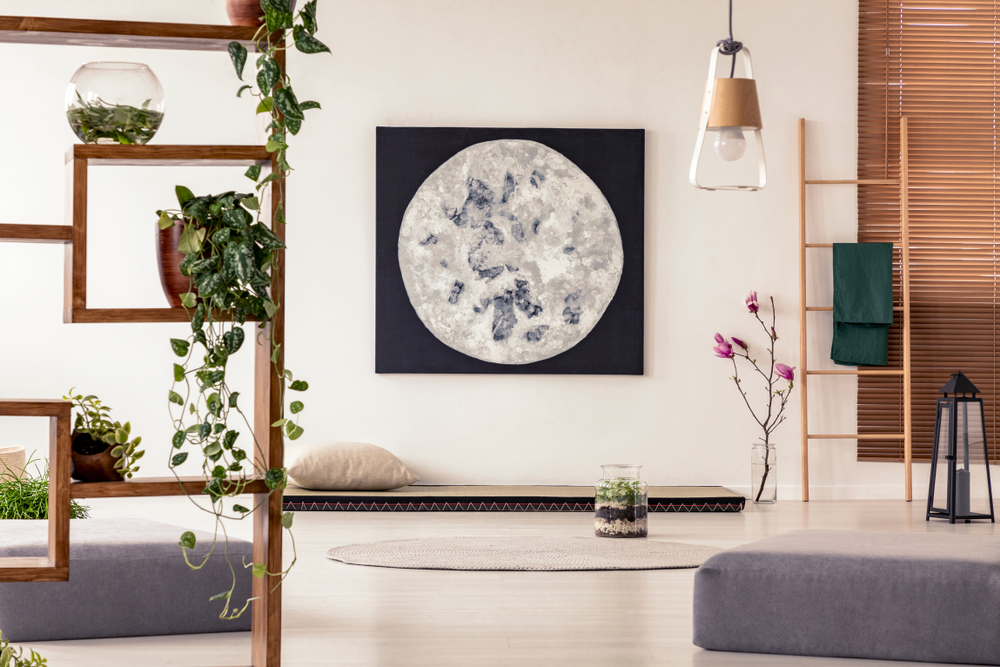Introduction to Japanese Home Decor
Japanese home decor is an artful blend of minimalism, functionality, and a deep connection with nature. Growing up in a home adorned with elements of Japanese design, I developed an appreciation for the tranquility and harmony it brings to everyday life. In this article, we will explore the key principles, styles, and practical tips to help you create a serene Japanese-inspired living space.
The Core Principles of Japanese Home Decor
Understanding the guiding principles of Japanese home decor is essential for creating a serene environment. Here are the core principles:
1. Simplicity
Simplicity is at the heart of Japanese design. It involves reducing clutter and focusing on essential elements that bring joy and utility.
2. Natural Materials
Japanese decor emphasizes the use of natural materials—wood, stone, paper, and fabrics. These elements create a warm, organic atmosphere.
3. Harmonious Color Palette
The color palette in Japanese home decor often features muted tones inspired by nature, such as soft greens, browns, and grays.
4. Connection to Nature
Japanese homes often incorporate views of gardens, water features, or indoor plants, emphasizing a seamless connection with the natural environment.
5. Space and Balance
In Japanese design, space is as important as the objects within it. A sense of balance and harmony must exist between furniture and decor elements.
Popular Styles of Japanese Home Decor
Japanese home decor encompasses various styles, each with unique characteristics. Let’s explore a few popular styles:
1. Traditional Japanese Style
The traditional style features tatami mats, sliding shoji doors, and futon bedding. It reflects a simple yet elegant approach to living.
2. Zen Style
Zen-inspired decor focuses on tranquility and mindfulness. It often includes elements of water, stones, and bamboo.
3. Modern Japanese Style
This fusion of contemporary design and traditional aesthetics utilizes clean lines, open spaces, and innovative materials while maintaining the Japanese ethos of simplicity.
4. Wabi-Sabi
Wabi-sabi embraces the beauty of imperfection. Decor elements in this style may include rustic wooden items, handmade pottery, and artifacts that show wear.
How to Achieve Japanese Decor in Your Home
Now that we’ve explored the principles and styles, here are practical tips to help you achieve a Japanese-inspired decor in your home.
1. Declutter Your Space
Begin by decluttering your home and removing items that do not serve a purpose or bring joy. A clean space is fundamental to achieving a serene atmosphere.
2. Choose Natural Materials
Incorporate wooden furniture, bamboo decor, and stone accents. Choose textiles made from natural fibers, such as cotton or linen, to maintain a harmonious connection to nature.

3. Opt for a Neutral Color Palette
Select a color palette that reflects nature—use soft whites, earthy tones, and muted greens to create a calming environment.
4. Integrate Nature
Bring the outdoors in by incorporating indoor plants, using natural light, or designing a small indoor garden. This connection fosters tranquility and enhances well-being.

5. Invest in Quality Over Quantity
Focus on acquiring fewer but higher-quality items. This aligns with the Japanese philosophy of valuing craftsmanship and simplicity.
6. Use Low Furniture
Consider opting for low-profile furniture, such as futons and low tables, which encourages sitting closer to the ground and fosters a sense of grounding.

Decorative Elements to Consider
Here are some key decorative elements that are quintessential to Japanese home decor:
1. Shoji Screens
Shoji screens are traditional Japanese sliding doors made of wood and paper. They allow natural light to enter the room while maintaining privacy.

2. Tatami Mats
Tatami mats add warmth and texture to a space. These straw mats are often used in traditional homes and are a great option for creating a comfortable atmosphere.
3. Ikebana
Ikebana is the Japanese art of flower arrangement that emphasizes harmony, balance, and simplicity. Incorporating Ikebana can bring life and elegance to your decor.

4. Decorative Bowls and Vases
Choose unique handcrafted vases or bowls as focal points on tables or shelves. These can hold natural elements like stones or sand to emphasize nature.
Comparison of Japanese Decor Styles
| Style | Characteristics | Suitable For |
|---|---|---|
| Traditional | Tatami mats, futons, shoji. | Those seeking authentic Japanese experience. |
| Zen | Minimalist, water features, plants. | Anyone wanting a peaceful retreat at home. |
| Modern | Open spaces, clean lines, neutral palette. | Individuals who appreciate contemporary design. |
| Wabi-Sabi | Emphasis on imperfection, rustic elements. | People who value authenticity and uniqueness. |

Pros and Cons of Japanese Home Decor
Pros
- Encourages minimalism and reduces clutter
- Creates a peaceful and calming environment
- Promotes a connection with nature
- Timeless design that can adapt to modern trends
Cons
- Can be challenging to maintain clean lines and simplicity
- Some traditional elements may require more space
- May not suit every lifestyle or aesthetic preference
- Higher initial investment for quality pieces
Personal Experience: Transforming My Space
When I decided to transform my living space into a Japanese-inspired haven, I began by decluttering. It was astonishing how much lighter and more spacious my apartment felt without unnecessary items. I opted for natural wooden furniture and placed potted plants near the windows. Each morning, I found joy in watching the sunlight filter through my shoji screens, casting soft shadows across the wooden floors.
Integrating Ikebana arrangements brought an added layer of beauty and mindfulness to my home. This decor journey not only transformed my space but also enriched my daily life with peace and intentionality.
FAQs about Japanese Home Decor
What are the key elements of Japanese home decor?
The key elements include simplicity, natural materials, a harmonious color palette, and a connection to nature. Incorporating low furniture and quality pieces also enhances the aesthetic.
How can I start decorating my home in a Japanese style?
Start by decluttering your space, choosing natural materials and a neutral color palette, integrating plants, and selecting low-profile furniture. Focus on fewer, quality items that resonate with you.
Is Japanese decor suitable for small spaces?
Yes! Japanese decor emphasizes simplicity and functionality, making it ideal for small spaces. You can create a serene environment with thoughtful decor choices even in limited areas.
Where can I buy Japanese home decor items?
You can shop for Japanese decor items at specialty stores, online marketplaces, and local artisan shops that offer handcrafted goods. Look for authentic pieces that reflect traditional craftsmanship.